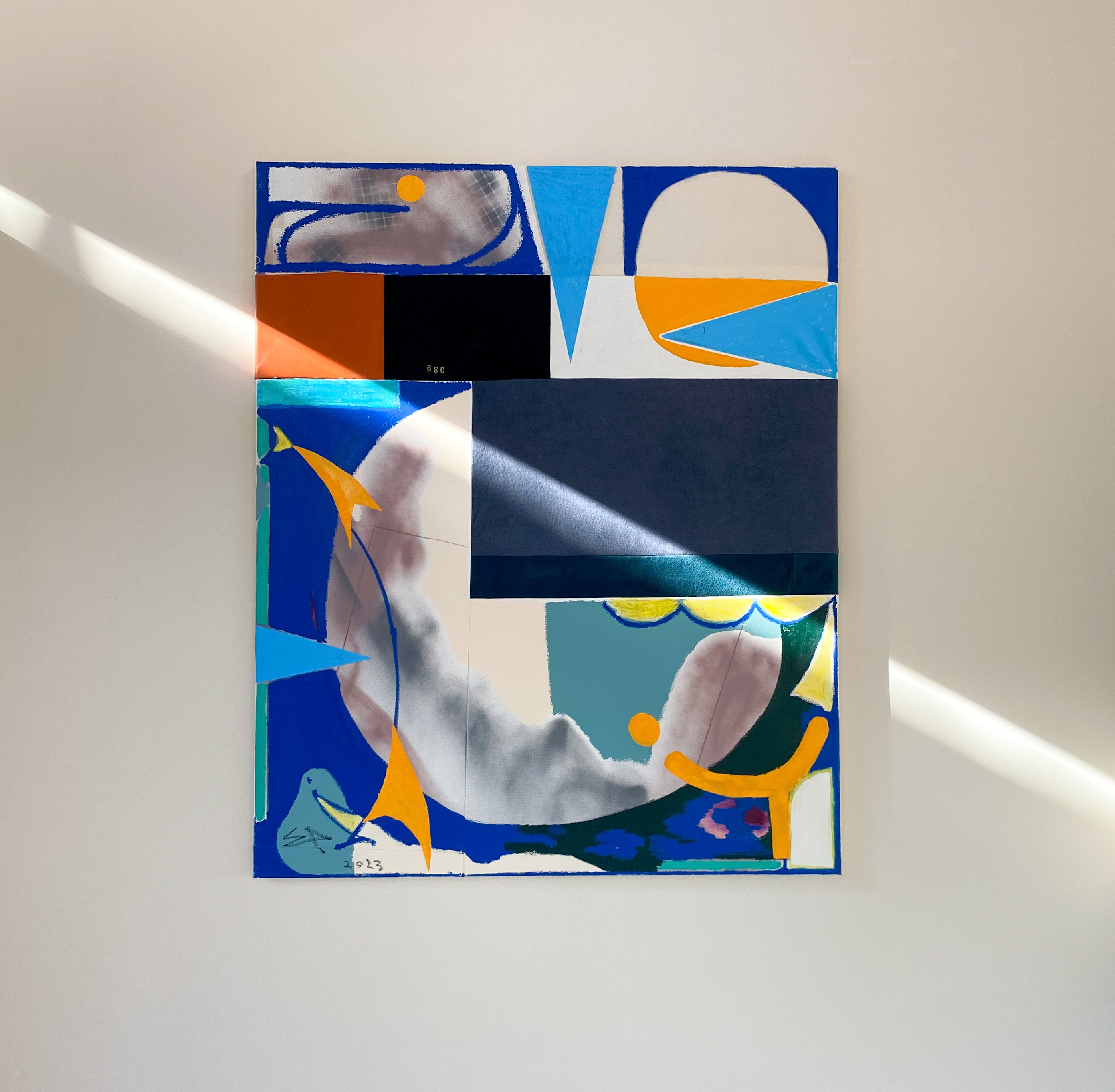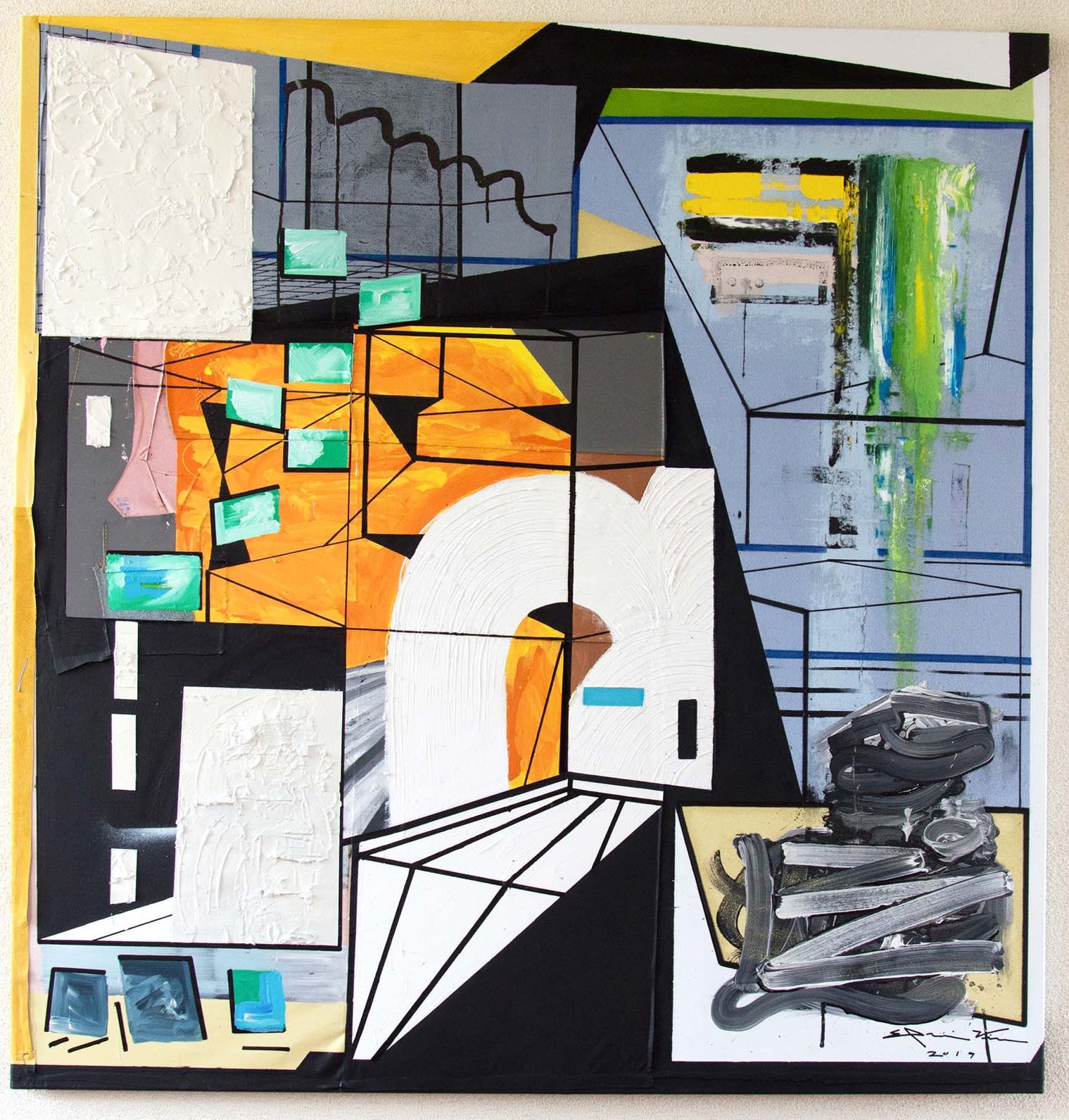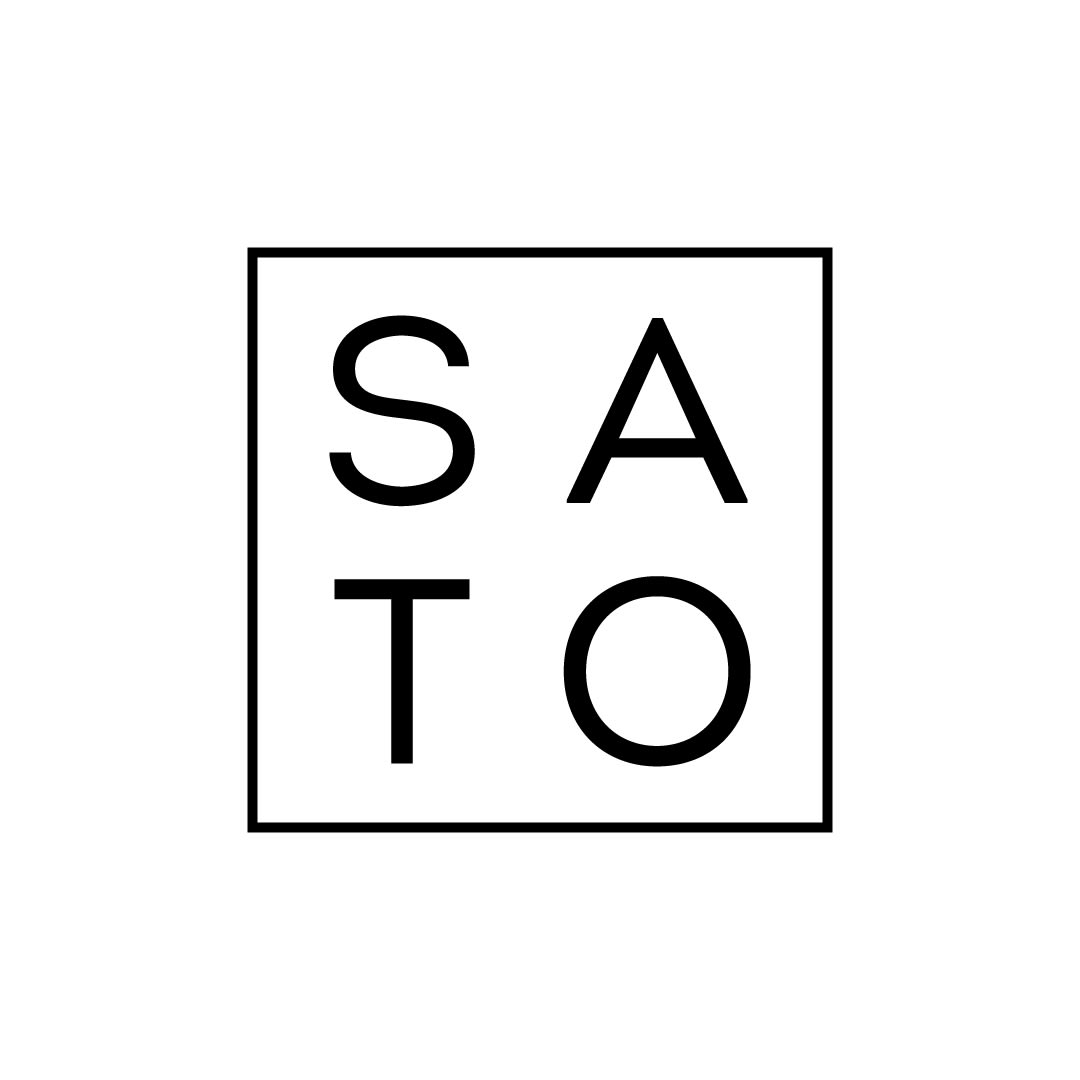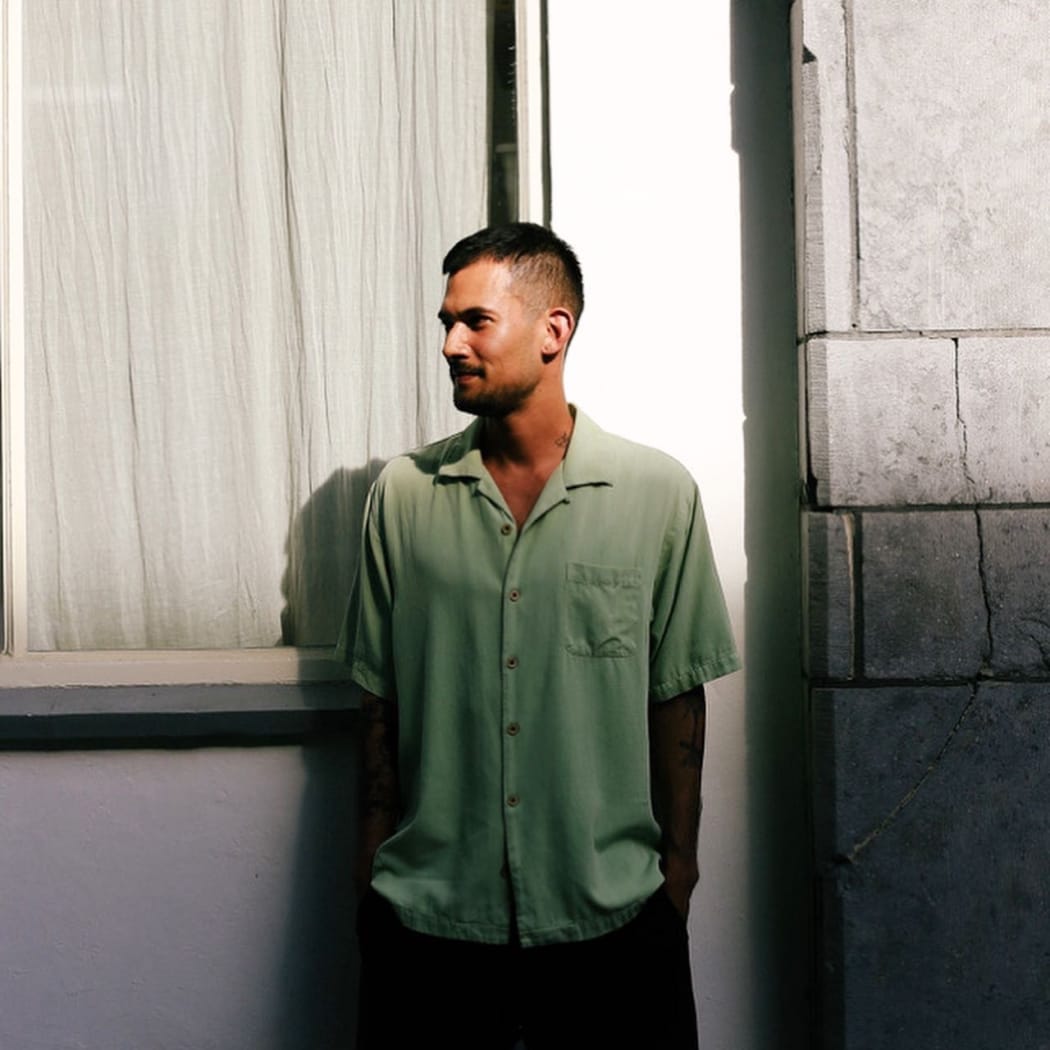
There is a visible influence of the Modernisme Efrain grew up with, but it neatly combines with a sparkle of surrealism.
We met Efrain Vivas Hattori (1991) in 2019, on the sofa of a mutual friend in Paris. Late night drinks. He was living in Amsterdam at that time and on a trip. He was acquainted with Daijiro Hama - one of our longtime artists - who was there as well and who had invited him.
When he showed us his work, we were touched by the aesthetics and by the wildness of it. We discovered the structure of a map, but we could’t figure if it resembled a mind or a home. He seemed a rough diamond. An eccentric character. Someone we wanted to watch.
Efrain Vivas Hattori (1991) was born in Tokyo to a Japanese mother and a Venezuelan father. When Efrain was 2 years old, the family moved to Venezuela.
In Caracas young Efrain grew up surrounded by renown architects, photographers and artists. Mostly architecture he got to experience from close, as his father used to bring him to his office where he would draw along him, his uncle [ed: renown architect Fruto Vivas] and the rest of the team.
It was there were his eye for architectural maps developed. Without fully comprehending the impact, because it would take some more years before he realized art was where he felt like himself.
His parents separated when he was a young teenager and Efrain moved back to Tokyo with his mother. He finished school, but he didn’t feel the urge to continue to study. For a while he spent his days skating and graffitiing.
He also picked up the drawing he liked so much as a child. And as Efrain is driven, he soon fully committed on his career in art. In 2016 he did his firste show.
Efrains work is characterized by good colour palettes. Sometimes bright and bold, other times he uses more earthly tones, but always combined with pitch black shapes and lines. There is a visible influence of the Modernisme he grew up with, but it neatly combines with a sparkle of surrealism.
What also defines him, is his use of leather and cotton, sewed onto the canvas, holding it together - or at least it appears to have this function. An architectural map. As an artist - but undoubtedly as a human being too - he is resourceful and experimental. He dares to try out new things and change his familiar ways, althought in his work we always find back some of the strong characteristics of Efrain.
Ever since Efrain started creating, he has fully dedicated himself to his art. He has done several shows in Amsterdam and Tokyo and in 2020 Sato Gallery showed some of his work in Paris, at the art fair Asia Now.
Besides being an artist, Efrain is also contributing to our cultural discours running an independent art platform, Ugoku Estudio, promoting art and publishing zines. He is also a gifted tattoo artist.
In 2020 Efrain returned to Tokyo, Japan. In June 2023 he came back to the Netherlands. He spent summer 2023 as an ‘artist in residence’ working from our space. The result is his first solo exhibition with Sato Gallery: Almost Transparent Blue.
CZ. What got you into art? Your architectural upbringing or graffiti?
EV. Regarding the graffiti, I simply tagged. It’s was very different from the canvas, although I don’t really make studies for that either; I work straight onto the canvas. But I think my graffiti was more a small sign of protest. Like a ninja.
In the Netherlands I wouldn't feel like doing it, because there is already a lot. I don’t know why I felt the urge to do it in Japan.
My father brought me to his office but also on photography trips. For a while, he was working as a professional photographer and he would take me along with him when he had an assignment. I really enjoyed those trips.
CZ. It seems your father inspired you. Were you often in touch after you left Venezuela?
EV. Not as much as I would have wished to. He passed away last year and I hadn’t seen him for 10 years. Covid came and also Caracas is not an easy place to be.
I’m glad I could show him my art and that he liked it. For a while I was just doing skating and modeling and I could tell he was quite relieved when I had my first exhibition.
CZ. Your art reminds us of an architectural map
EF. I understand, but recently I stopped being so organized. I use less measuring tape for example. After I left the Netherlands, I felt the need to paint more freely. Rougher. I started using spray guns and airbrush in Tokyo.
CZ. Will you continue using textiles and leather.
EV. I only use leather in the Netherlands because that’s where it started. In Amsterdam I met a bag designer who let me use her studio. She also gave me a sewing machine and her leather left overs. I started stretching it and sewing it onto the canvas. This way I would create patch worked canvasses.
In Japan, I used cotton and canvas. I think that’s the interesting part of changing environment. After spending 4 years in Amsterdam I went back to Japan and I combined what I learned in Amsterdam with what I did in Japan and with something new. It’s not easy to change your environment - it’s actually quite stressful - , but it is important to keep doing it.
Recently I started documenting doors in Amsterdam, mostly in style of De Amsterdamse School. They have this unique look. It’s very beautiful. Minimal. I didn’t see it before, but lately I realized some of the lines in my work resemble those Dutch doors. I see a future theme there.
CZ. Did you change something while working in the show room in Rotterdam?
EV. It’s an extension of what I did in Tokyo. But I’m using leather again, besides cotton and canvas. I also used a lot of oil paint. And oil sticks.
Inspiration comes quite natural to me. It can be in anything. The pink one with spots was just resembling the paint stained floor.
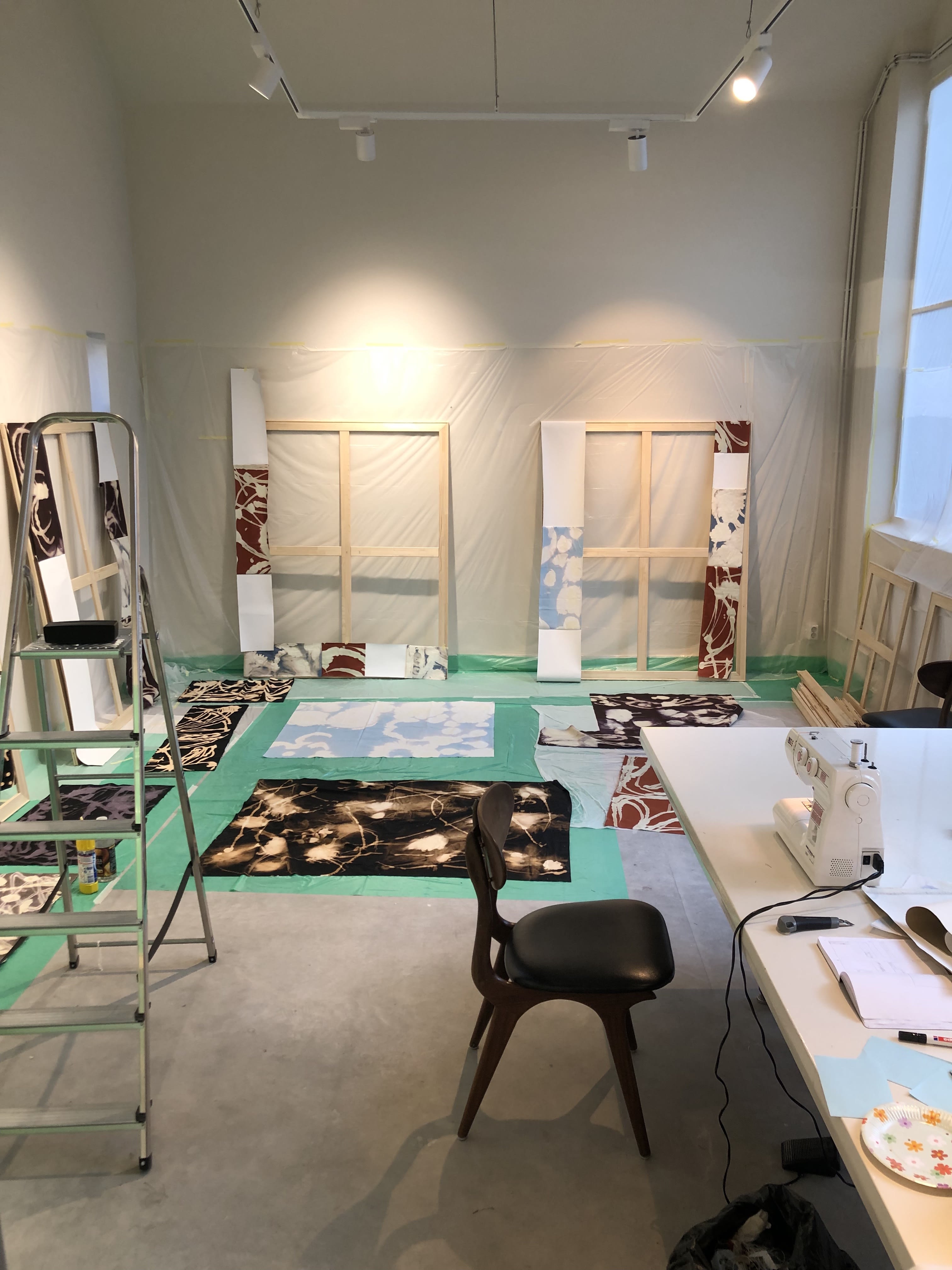
Efrains work space in Rotterdam
